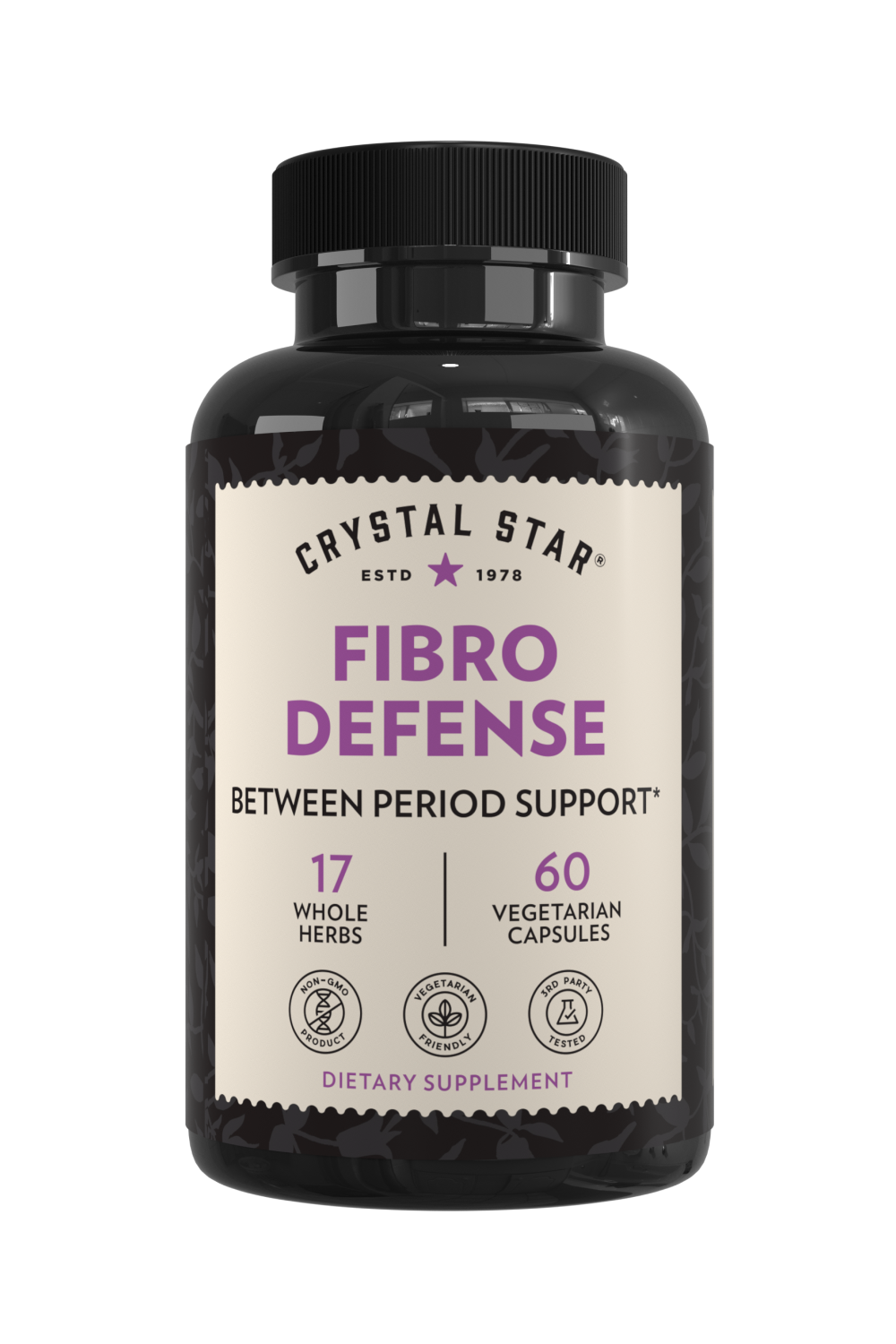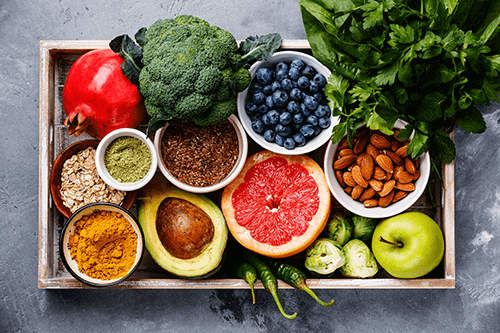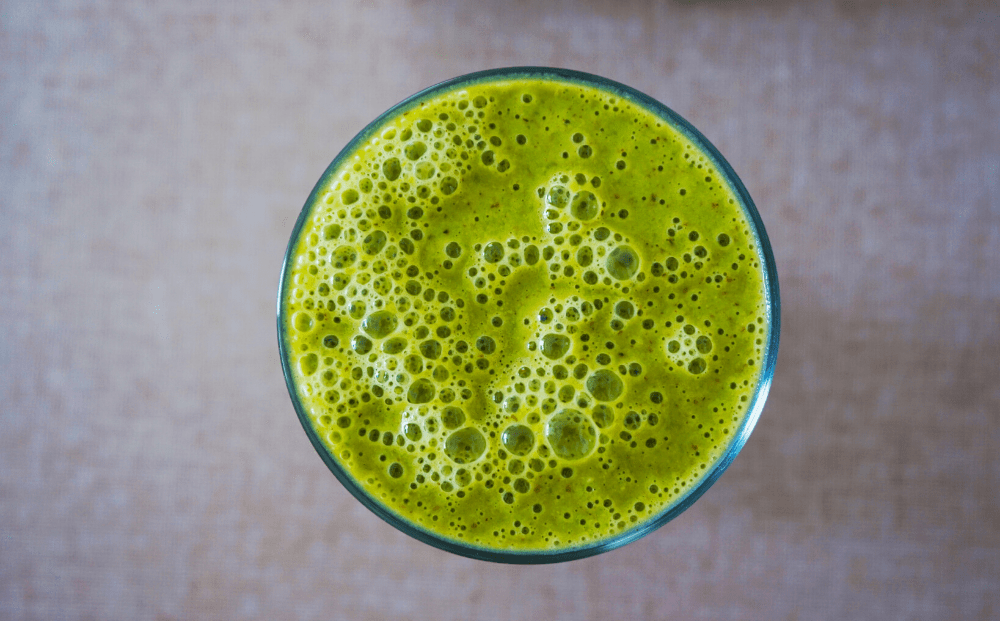
PHENOMENAL FUNGUS: WHY MUSHROOMS ARE THE NEWEST SUPERFOOD
When you think of superfoods, what comes to mind may be dark leafy greens, potent garlic, and vibrantly hued fruits and vegetables such as blueberries and sweet potatoes.
But new evidence gives reason to add a more down-to-earth entry to the list: mushrooms.
Superfoods are nutrient-dense foods that boast additional health benefits. Mushrooms are more than just nutritious—scientific research has found them to have antioxidant, anti-inflammatory, and anti-aging properties.
ARE MUSHROOMS GOOD FOR YOU?
Mushrooms may pack more nutritional punch than you realize. All mushrooms are cholesterol-free and low in fat, sugar, sodium, and calories. They are high in protein, fiber, and B-vitamins (including riboflavin, niacin, and pantothenic acid).
Additional vitamins and minerals found in mushrooms include copper, magnesium, potassium, and zinc. When compared by weight, a portobello mushroom is roughly equal in potassium to a banana. And when grown in sunlight or under UV light, mushrooms become a source of vitamin D, making them, the only available plant-based source of vitamin D.
ARE MUSHROOMS A SUPERFOOD?
An article published in Nutrition Today called mushrooms a “third food kingdom.” That’s because mushrooms have special properties that make them distinct from the rest of the produce aisle.
Ongoing research shows that the benefits of incorporating mushrooms into your diet go beyond sheer nutrition. Although “superfood” doesn’t have an exact scientific definition, the term is used for mushrooms in part due to their natural content of beta-glucans and antioxidants.
Together, beta-glucans and antioxidants can induce a variety of positive effects in the body. They can boost heart health, lower bad cholesterol, combat the effects of aging, and more.
WHAT ARE BETA-GLUCANS?
Beta-glucan naturally occurs in the cell walls of bacteria, cereals, and fungi. It is a form of soluble dietary fiber made up of polysaccharides, which are combined sugars. Beta-glucans are bioactive compounds that promote good health in the body.
The cardiovascular benefits of soluble dietary fiber have been well established. It can boost heart health, reduce blood cholesterol levels, and aid in blood sugar control in those with diabetes. Research into mushroom-derived beta-glucan has shown that fungal beta-glucans can activate leukocytes, which modulate the immune system.
Research into beta-glucans is ongoing. In a 2017 article published in the International Journal of Molecular Sciences, it was stated that beta-glucans “are known to have antitumor, anti-inflammatory, anti-obesity, anti-allergic, anti-osteoporotic, and immunomodulating activities.”
Mushrooms highest in beta-glucans include the oyster and shiitake, as well as the maitake.
WHAT ARE THE BENEFITS OF ANTIOXIDANTS?
You’ve likely heard about foods that are high in antioxidants, but why is this desirable?
Antioxidants are substances that protect your cells from free radicals. Free radicals are unstable molecules that form when your body converts food into energy. You can also be exposed to free radicals through irritants such as smoke, pollution, or UV light.
An imbalance between free radicals and antioxidant defenses in your body leads to oxidative stress, which results in tissue damage. Research has shown that oxidative stress contributes to the diseases of aging, such as cancer, heart disease, and dementia.
Put simply, eating foods high in antioxidants can help combat oxidative stress. This is why antioxidants are sometimes described as anti-aging.
ARE MUSHROOMS HIGH IN ANTIOXIDANTS?
Edible mushrooms have been found to have “significant antioxidant properties due to their bioactive compounds,” as put in a 2015 study. The study notes that mushrooms are a primary source of ergothioneine, also known as ergo.
Ergo sparked scientific interest when a 2005 study was published that identified a rapid transporter pulling ergo into red blood cells, where it is then distributed around the body—accumulating in tissues facing oxidative stress. The significance of this discovery influenced one leading scientist to suggest ergo be classified as a new vitamin.
Ergo content in the blood decreases with age, which is a risk factor for neurodegeneration.
Mushrooms are additionally high in two other antioxidants: selenium and glutathione. Selenium is an antioxidant and an important mineral for health. Its role as an antioxidant in human health has been well established.
When it comes to glutathione, studies have found mushrooms to be an excellent dietary source. Glutathione is understood to play a critical protective role in the body, including breaking down free radicals and supporting immune function. Glutathione is sometimes referred to as the master antioxidant.
Mushrooms can vary in their ergo and glutathione content, but all are among the best sources. According to leading expert Robert Beelman, “mushrooms are the highest dietary source of these two antioxidants taken together,” although if you’re looking for the single highest levels, he suggests porcinis.
WHAT ARE THE OTHER HEALTH BENEFITS OF MUSHROOMS?
Frequent mushroom consumption is associated with a lower risk of dementia, according to a study that followed more than 13,000 elderly people in Japan for over 5 years.
Published in 2017, the study found the lowest risk of incident dementia in those who consumed mushrooms at least 3 times per week. Those eating mushrooms 1-2 times per week fared better than those who ate mushrooms less than once weekly. This correlation was found with mushrooms only, and it did not differ statistically in terms of vegetable consumption.
Mushroom consumption may also reduce risk of cancer. Another study, from 2010, found an association between dietary mushroom intake and lower risk of breast cancer. A study from 2019 that followed over 36,000 men for a median of 13 years found that mushroom consumption may help prevent prostate cancer.
Future research is looking into the effects of mushroom consumption as a way to combat cognitive and cellular decline, including Alzheimer’s and Parkinson’s. One such study published in the Journal of Alzheimer’s Disease in 2019 found that seniors who consumed more than two servings of mushrooms weekly had 50% reduced odds of mild cognitive impairment.
HOW SHOULD YOU PREPARE MUSHROOMS?
When preparing mushrooms, there are only three hard and fast rules:
- Cook them, preferably not by boiling.
- Don’t wash them (you’ll wind up with a slimy mushroom). Instead, gently brush off any dirt with a dry paper towel or vegetable brush. A little bit of dirt isn’t harmful, but slimy mushrooms are a bummer.
- Salt mushrooms near the end of cooking for faster cooking, stronger flavor, and more tender texture.
You may be familiar with the notion that superfoods are most nutritious raw. Mushrooms, however, should be cooked. Mushrooms have tough cell walls (containing a substance called chitin, which is also present in the exoskeletons of lobsters) that should be broken down before consumption.
When it comes to cooking method, a 2016 study found grilling and microwaving to be the best options for preserving nutrients. Fans of the sauté pan should note a separate 2016 study that suggests frying as the best way to retain nutrients, followed by microwaving.
Both studies indicated that boiling mushrooms is not ideal, as it loses the most nutrients.
ARE MUSHROOM EXTRACTS SAFE?
The superfood benefits of mushrooms can be obtained through diet, but a variety of medicinal mushroom products are also available in supplement form. While not “magical,” some of these mushrooms have been used in traditional Chinese and Ayurvedic practices for thousands of years. Western scientific research into the benefits of specific whole medicinal mushrooms and powder extracts is promising, but ongoing.
Mushroom powder is extracted from real mushrooms using hot water or alcohol. Mushrooms are cooked in water for enough time to extract their nutrients and compounds. The extraction liquid is then concentrated and dried into a powder.
While mushroom extracts have a long history of safe use, there have been cases of toxic effects of extracted mushroom powders used at very high doses.
One such fatal case came about through long-term use of Lingzhi powder (lingzhi is also known as the reishi mushroom). In another case study a woman taking four teaspoons of chaga mushroom powder daily for six months to treat her liver cancer developed oxalate nephropathy (kidney damage). Chaga mushrooms contain extremely high oxalate concentrations.
We recommend against high doses of powdered mushroom extract, and you shouldn’t attempt to source your own mushrooms in the wild. Many species of wild mushrooms are poisonous, and ingesting them can be fatal.
Consult with your doctor if you decide to seek out medicinal mushrooms, especially if you’re taking prescription medication or are addressing a health concern.
WHAT IS MUSHROOM COFFEE AND IS IT GOOD FOR ME?
A recent food trend, mushroom coffee is black coffee that’s been mixed with powdered medicinal mushroom extract. Mushroom coffee has less caffeine than regular coffee, and it likely boasts the same vitamins, minerals, and antioxidants you’ll find in grocery variety mushrooms. Some drinkers report an earthy flavor.
In part due to the recency of the trend, there is currently little scientific research into the specific benefits of mushroom-extract-based coffee as compared to whole mushrooms or low-dose mushroom extracts.
You can also find herbal supplement blends containing extracts from different mushrooms. Products advertise a variety of claims: that they boost energy levels, improve your immune system, and more.
CONCLUSION
If you’ve learned the rule that the healthiest items you’ll find in your supermarket’s produce aisle are dark leafy greens and deeply colored fruits and vegetables, be sure to add an important exception: the superfood mushroom.
Dietary mushrooms are cholesterol-free, low in fat, sugar, and sodium, and high in protein, fiber, vitamins, and minerals. They are also a uniquely good source of antioxidants and beta-glucans, which help contribute to healthy aging while safeguarding your heart and brain.
Whether it’s white buttons, creminis, portobellos (which are actually all just the same species of mushroom at different ages), shiitakes, oysters, chanterelles, or porcini—to name a few—incorporating mushrooms into your diet can yield both satisfying umami flavor to your cooking, as well as surprising benefits for your overall health.








